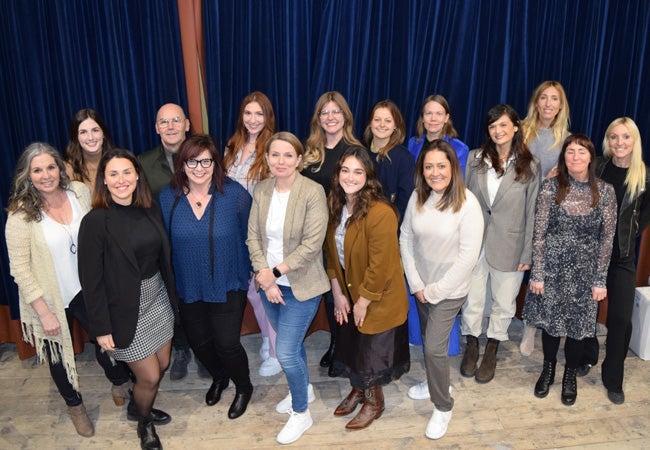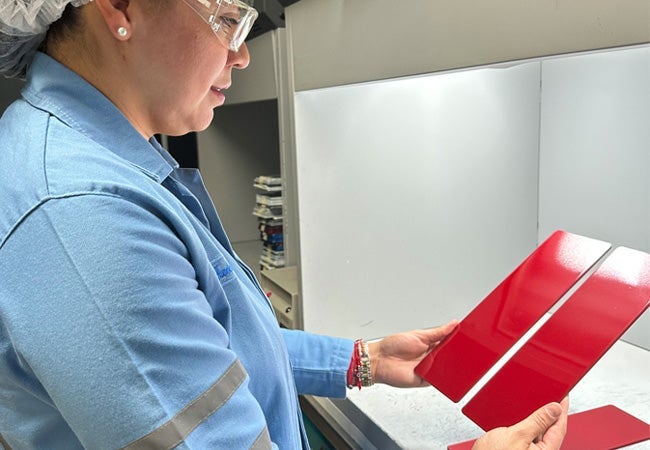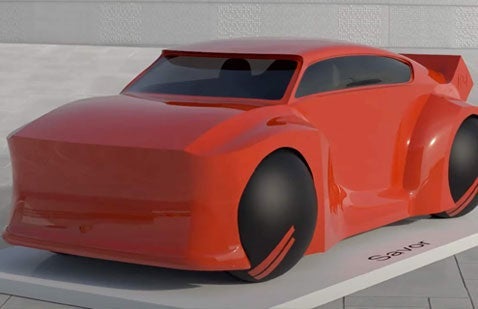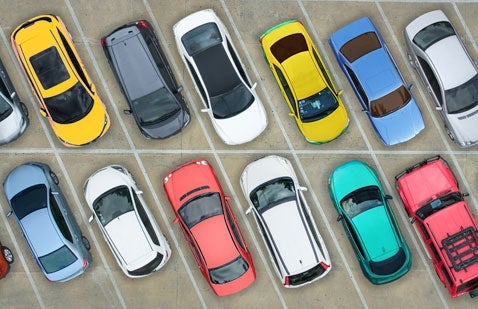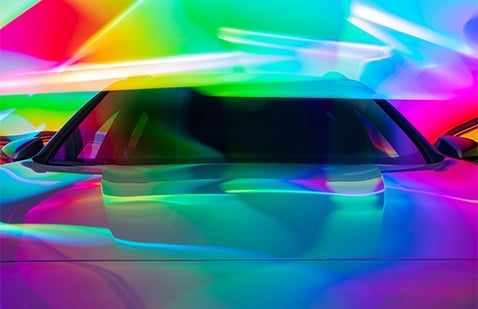Digital Styling Program

Styling and designing colors for a new line of automobiles several years in advance is one of the most daunting, expensive and consequential challenges an automaker undertakes. As a company on the cutting edge of color trends, design and formulation, PPG has developed a proprietary Digital Styling Program that is designed to make that task faster, more collaborative, less expensive and maybe even a little more fun.
Bring your vision to life with the PPG Trans-Form Shape
The PPG Digital Styling Program’s key component is a revolutionary Trans-Form shape that incorporates all the complex shapes, edges, curves and flat surfaces that would comprise any type of automobile and depicts the interaction of color, geometry and light on them.
By rendering these dynamic, motion-filled portraits, the technology enables designers to see and experience exceptionally realistic three-dimensional modeling of colors and effects on virtual car designs, including their wheels and interior components.
Collaborating with and supporting OEM design teams
In addition to offering renderings on the PPG Trans-Form shape, PPG can support OEM designers by scanning the colors they are interested in and sharing those files with the designers to evaluate the color in their own CAD software directly on their new car model.
This enables OEM design teams to work directly and more collaboratively with PPG color stylists to design the colors and effects that will define their automotive brands and models. Several major OEM design teams have already used the program to conduct color styling sessions with PPG color experts and believe it can offer a superior alternative to managing the color-styling process in person.
Reduce your costs and accelerate your time to marketplace
As a viable substitute for traditional in-person/in-studio color styling, the PPG digital styling program also can help OEMs realize significant cost savings by integrating new color ideas directly into the vehicle model and design process.
In addition to creating a more intimate and integrated design process, the ability to collaborate more closely and more often can help extract or compress several steps related to color rendering, color approval and color formulation, offering the potential to significantly reduce costs and accelerate speed to marketplace.

